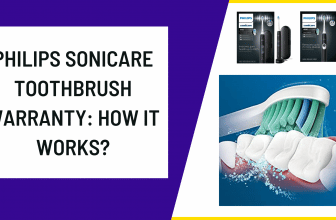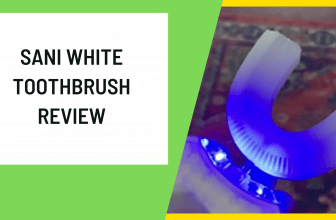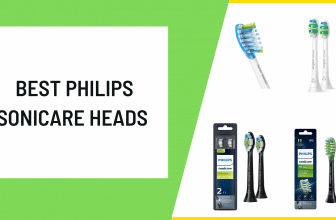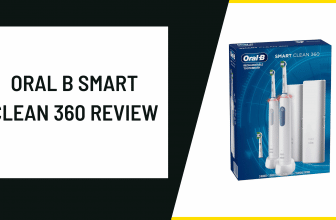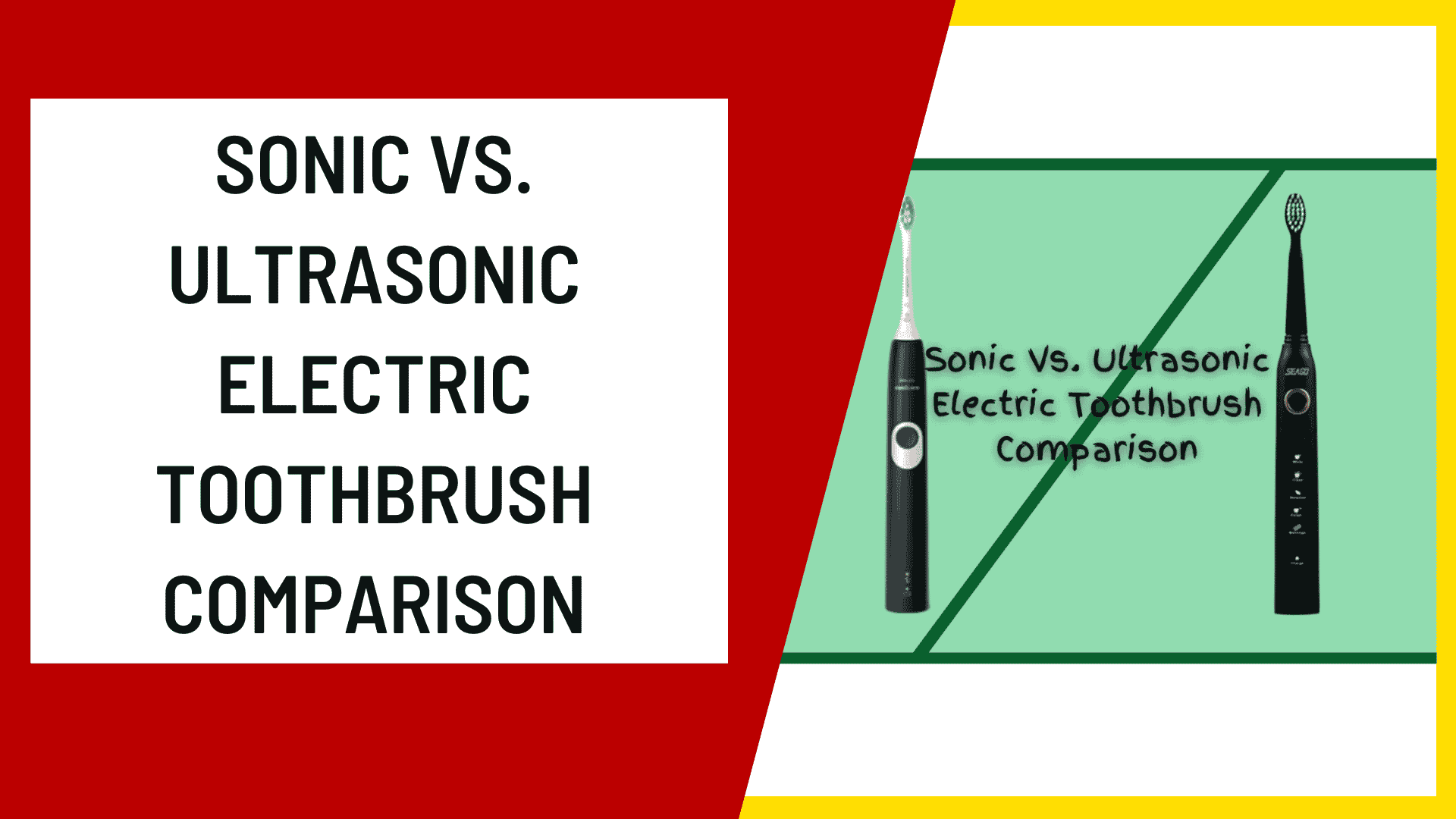
Humans may hear sonic vibrations in the frequency range of 16 Hz to 20 kHz. Everything above this level is ultrasonic, while everything below is infrared. Because ultrasonic spreads effectively through the body’s soft tissues, it is employed for ultrasonic internal organs and medical applications. Ultrasonic cleaning is also effective on surfaces, which is why it is used in toothbrushes.
Due to their similar names, people might easily mistake sonic and ultrasonic toothbrushes. However, their working principles vary. This post will look at how they go, how to pick one over the other, and the benefits and drawbacks of these technologies.
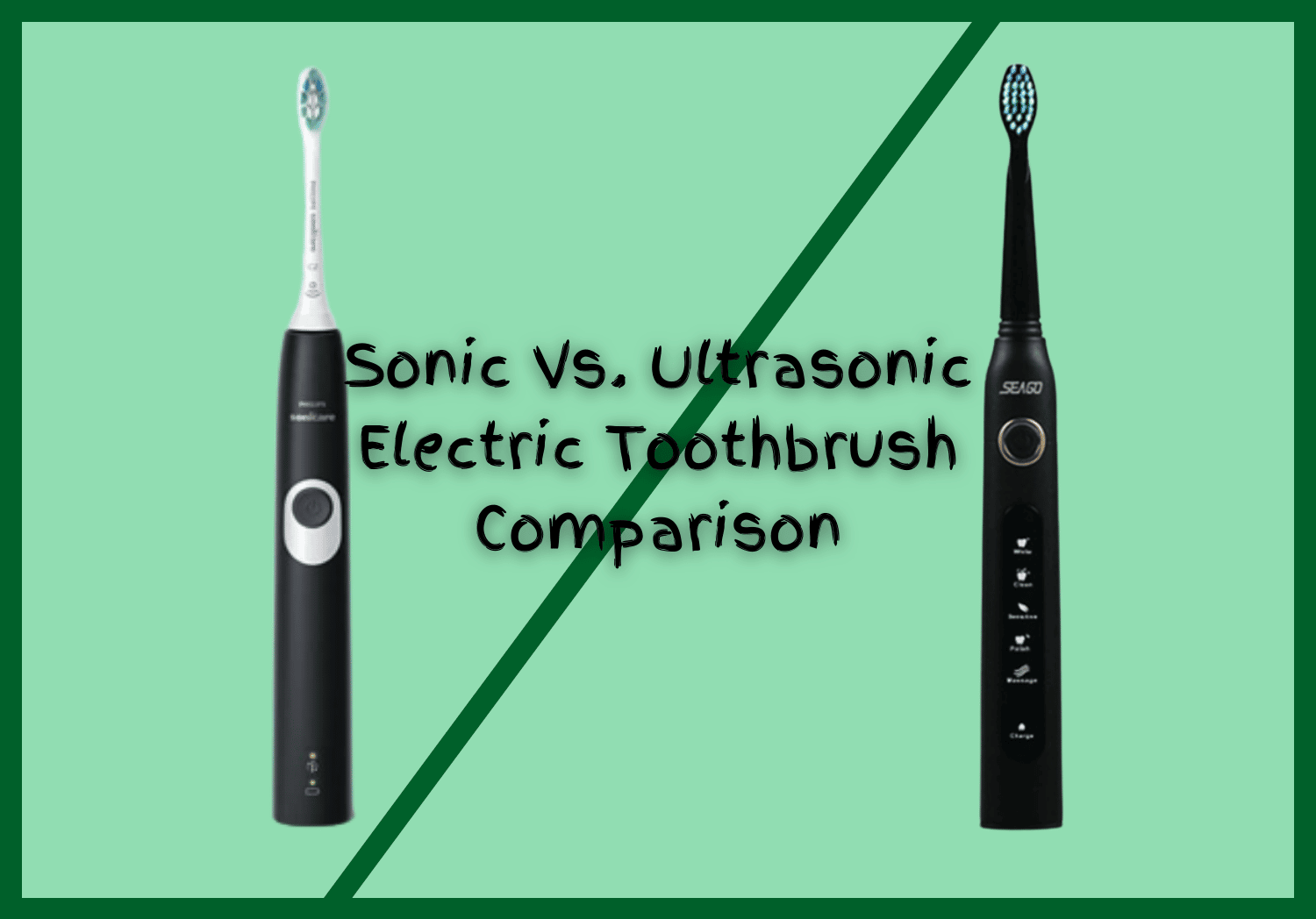
What’s The Difference Between A Sonic And An Ultrasonic Electric Toothbrush?
Most brushes, such as those from Oral-B and Philips, are sonic. However, there is another brush to consider: the ultrasonic toothbrush.
These are more difficult to find, but they do exist. This article will examine the fundamental distinctions between the two kinds of brush. There’s an infographic lower down that compares the two.
Sonic Toothbrush:
Sonic toothbrushes are electric toothbrushes with bristles that move in amplitude. An electromagnet vibrates a 260 Hz resonator and spring to generate a sonic wave.
This frequency, along with the bristle’s unique vibration amplitude, allows the saliva and toothpaste combination to circulate in the mouth as if cleaning the tooth from all sides. Except for ultrasonic toothbrushes, all electric toothbrushes are sonic: they include Oral-B, Philips, and other manufacturers’ electric toothbrushes.
The liquid, it turns out, cleans hard-to-reach areas like the interdental gaps and the gingival groove. The bristles in this example travel up and down, cleaning away plaque from the gum to the tooth’s edge. They may move up to 20-40 thousand times per minute, removing more plaque than a regular brush.

Sonic Toothbrush: Pros And Cons
Such gadgets are indicated for persons prone to tartar formation: rubbing brushes efficiently dissolve plaque and new stones, preventing them from aging and hardening.
Pros:
• The sonic brushes move in sweeping or circular movements.
• Effectively eliminates both soft and hard plaque.
• Prevents the production of stones.
• They have a diverse range of attachments.
Cons:
• There are no contraindications to using a Sonic electric toothbrush.
How To Choose A Sonic Toothbrush?
When selecting sonic clean toothbrushes, consider the following:
• The bristle’s force and amount of motions. The more intense the cleaning, the better the toothbrush will clean.
• Various brush operation modes. A mild mode device is necessary for delicate enamel or gum disease.
• The kind and availability of extra replacement nozzles. Each family member needs a brush head, while youngsters and people with sensitive teeth require a soft bristle brush head. Any additional accessories may be bought individually.
• Whether you want to take your toothbrush on excursions, see if a travel case is provided.
Ultrasonic Toothbrush:
These toothbrushes emit an ultrasonic wave using a piezoceramic transducer integrated into the body or handpiece. It usually vibrates at 1.6 MHz, which is known as therapeutic frequency.
This ultrasonic frequency is said to ease pain, combat spasms, and inflammation, and promote blood circulation in the gums by heating them. The ultrasonic strength of the toothbrushes is such that it only warms the gums by 1 degree. Although the user cannot see it, the gums benefit from it.
The critical point is that ultrasonic eliminates tooth plaque’s bacteria chains. The wave penetrates difficult-to-reach areas, removing plaque from interdental gaps, braces, and other structures.
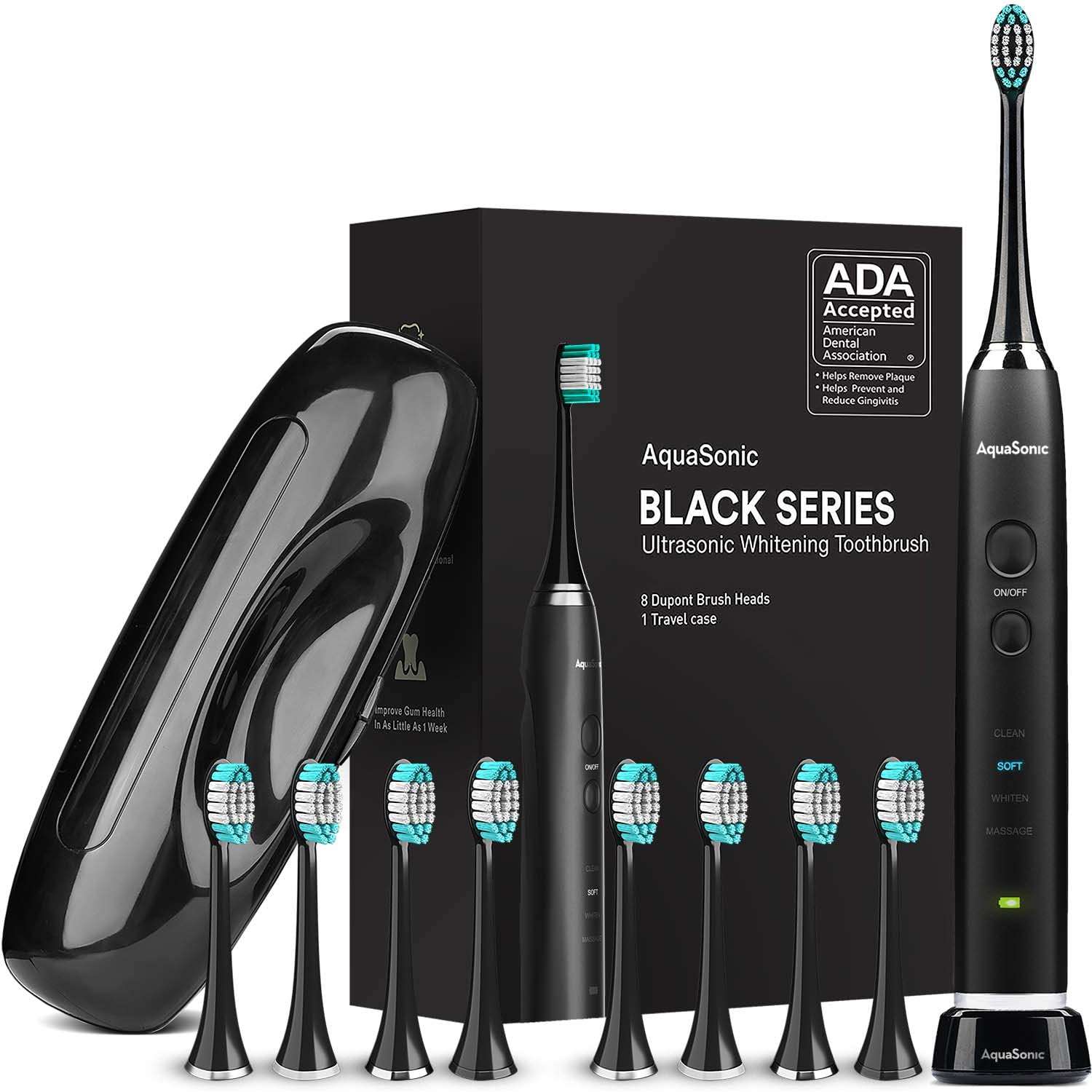
How To Brush Your Teeth With An Ultrasonic Toothbrush?
Emmi-dent, Megasonex, and Don feel are three well-known producers of ultrasonic toothbrushes. Each of them approaches the usage of ultrasonic in a unique way.
So, with Emmi-dent toothbrushes, the piezoelectric device is located in the cleaning attachment rather than the body, allowing the ultrasonic wave to penetrate deeper into the gums. The brush head stays still when you use it, just like using a regular mechanical toothbrush. If there were motions, the piezoelectric element would wear out quickly. A fixed electric toothbrush may seem strange to some.
Although more prevalent, ultrasonic toothbrushes with a piezoelectric element housed in the handle do not reach as far into the gums. Brands like Megasonex and Don feel have combined ultrasonic with moving bristles.
Before cleaning, choose an appropriate mode. It determines the strength of the hit and the number of vibrations per minute. The essential thing to remember is to follow a few simple rules.
• Place the toothbrush at a 45-degree angle against your teeth. The head will function independently; all you have to do is make modest circular motions.
• Cleaning your teeth should take around 2-3 minutes, including brushing your tongue.
• Finally, rinse your mouth with simple water, a decoction, or medicinal fluid.
• After the process, rinse the electric toothbrush and set it on the stand with the head up. Place the gadget on the charging station if necessary.
Ultrasonic Toothbrush: Pros And Cons
Ultrasonic technology is less widespread; since it is silent, some people believe the Emmi-dent brushes are not operating. Nonetheless, ultrasonics kills harmful microorganisms and nearly entirely cleans the mouth cavity.
Pros:
• Effective removal of both soft and pigmented plaque.
• Antibacterial activity in the mouth.
• Better penetration of pastes’ medicinal ingredients into teeth and gums.
• Ideal for cleaning dentures and braces.
• Most models feature an indication, numerous settings, and power switches.
Cons:
• Brushing time is longer compared with other toothbrushes.
How To Choose An Ultrasonic Toothbrush?
1. Choose a toothbrush with a piezoelectric element, such as the Emmi-dent, for a better healing impact on the gums.
2. Each user must have their attachment and check to see if there are any other attachments.
3. If you want to take the toothbrush on excursions, ensure the travel case is included.
Who Makes The Best Ultrasonic Toothbrush?
While ultrasonic toothbrushes have been proven to be successful on a small scale, the truth is that few such toothbrushes are manufactured and sold today. Electric Sonic toothbrushes, particularly those from major household brands, dominate the market.
Various toothbrushes claim to be ultrasonic by utilizing such phrases in the product title and description. Still, they are just ordinary sonic brushes that clean at up to 48,000 motions per minute rather than toothbrush with ultrasound.
When writing, the companies that produce actual ultrasonic brushes are Megasonex, Smilex, and Emmi-Dent. Therefore, you’ll be better off picking amongst them.
Final Verdict: A Sonic Or Ultrasonic Toothbrush?
Sonic and ultrasonic toothbrushes perform differently and serve distinct objectives. You should not use an ultrasonic electric toothbrush if you’re experiencing the acute inflammation of infectious gum disease.
Doing so may be detrimental by heating tissues and boosting blood circulation, contributing to spreading infection and poor health. However, in chronic conditions, the advantages of employing ultrasonic will be obvious – it helps to avoid exacerbations while also strengthening and repairing the gums.
In the following situations, an ultrasonic toothbrush is preferable:
• After professional cleaning or bleaching
• When medicines or food discolor enamel
• For the maintenance of teeth without apparent harm
A sonic brush is more appropriate if you have:
• Veneers, fillings, braces, or other orthodontic structures implanted
• Chronic gum inflammation
• Old plaque or tartar in the interdental area or on the back of the teeth.
References:
https://www.colgate.com/en-us/oral-health/selecting-dental-products/what-is-a-sonic-toothbrush
https://trysonicbrush.com/products/sonic-brush-pro
https://www.scottyoungdds.com/blog/are-ultrasonic-toothbrushes-better-than-regular-toothbrushes
https://www.target.com/s/ultrasonic+electric+toothbrush



